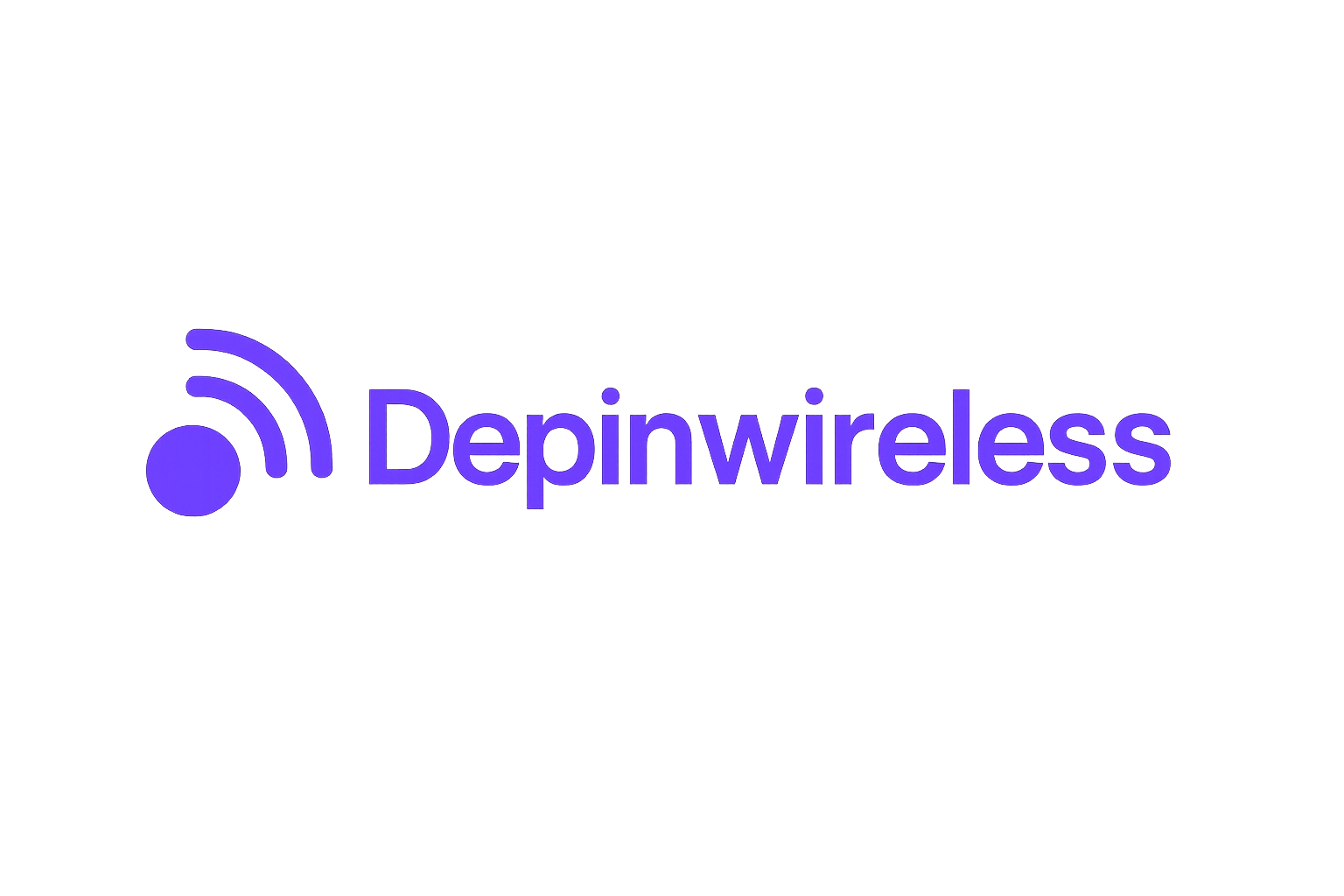
In a telecom landscape dominated by legacy giants, the Helium Network is quietly rewriting the rules of wireless connectivity. By leveraging blockchain technology and a decentralized 5G architecture, Helium now powers over 1.5 million daily mobile connections, with its user base nearly doubling in just six months. This rapid growth is not just a testament to technical innovation but also to a grassroots movement that rewards individuals and businesses for building the very infrastructure they use.

Decentralized 5G Coverage: Community at the Core
The heart of Helium’s approach is its community-powered model. Instead of relying on centralized towers owned by a handful of carriers, Helium incentivizes anyone to deploy plug-and-play hotspots in their homes or businesses. These devices, which cost an average of $259.20 each and generate approximately $1.08 in daily earnings for operators (source), form a distributed mesh that delivers robust wireless coverage across more than 2,000 cities.
The numbers are compelling: as of Q4 2024, over 400,000 active hotspots contribute to the network, with an additional 24,800 new 5G mobile hotspots added in just one quarter (learn more about hotspot deployment here). The result is a resilient infrastructure that scales dynamically with demand and offers redundancy traditional networks struggle to match.
Pushing Past One Million Daily Users: Data-Driven Momentum
The impact of this decentralized approach is reflected in usage metrics. In Q2 2025 alone, Helium Mobile saw a staggering 94.1% quarter-over-quarter increase in total accounts signed up, reaching over 311,200 users according to Messari research. But signups only tell part of the story; actual network utilization has exploded as well, with daily Data Credit burns – a proxy for data traffic – jumping nearly 69% quarter-over-quarter.
This surge correlates directly with Helium’s recent partnerships with established telecoms like AT and T and Telefónica’s Movistar Mexico. In April 2025, AT and T began integrating Helium’s decentralized coverage into its offerings for over 150 million U. S. subscribers. Meanwhile, Movistar extended access to more than 2.3 million users in Mexico City and Oaxaca. These deals have positioned Helium not as a fringe experiment but as an essential part of mainstream connectivity solutions.
The Economics Behind HNT Token Usage and Incentives
The backbone of this decentralized ecosystem is the native HNT token, currently trading at $2.46. Hotspot operators are rewarded based on network demand (measured by Data Credit consumption) and coverage quality (validated through Proof-of-Coverage). As usage grows – driven by real-world mobile offload from major carriers – so does the value proposition for both participants and investors.
This model creates strong feedback loops: higher user adoption drives greater data throughput and token utility; increased token utility incentivizes further hotspot deployment; expanded infrastructure attracts new users and partners. It’s an ecosystem designed to scale organically while maintaining economic sustainability at every layer.
Helium’s blockchain wireless infrastructure stands in stark contrast to the closed, vertically integrated systems of legacy telecoms. Every device, transaction, and reward is transparently recorded on-chain, aligning incentives and reducing barriers to entry for both users and operators. This transparency is not just theoretical: with over 1 million on-chain hotspots and a daily burn rate that continues to rise, Helium’s open ledger provides a real-time audit trail for network health and economic activity. For investors, this means measurable metrics and data-driven confidence in the network’s growth trajectory.
The decentralized 5G coverage model has also proven remarkably resilient. By distributing infrastructure across thousands of independent operators, Helium minimizes single points of failure and enables rapid expansion into underserved areas. In practical terms, this has resulted in meaningful connectivity improvements in urban centers as well as rural communities traditionally ignored by major carriers. The recent integration with Movistar Mexico is a case in point, Helium’s mesh approach allowed for fast rollout across both dense cities like Mexico City and challenging geographies such as Oaxaca.
Challenges Ahead: Scaling While Maintaining Decentralization
Despite these achievements, Helium faces significant challenges as it scales toward its next milestone: supporting nearly 2 million daily users. Network quality assurance remains paramount; maintaining high Proof-of-Coverage standards while onboarding tens of thousands of new hotspots each quarter requires robust verification mechanisms and continuous protocol upgrades. Additionally, as HNT price volatility persists, currently at $2.46, up $0.07 (2.93%) in the last 24 hours, operator incentives must remain aligned with real-world usage to avoid speculative bubbles or under-provisioned coverage.
Regulatory uncertainty also looms large. As decentralized wireless networks gain traction, questions around spectrum licensing, interoperability with traditional carriers, and compliance will intensify. Helium’s partnerships with established telecoms suggest a pragmatic path forward, leveraging existing regulatory frameworks while advocating for innovation-friendly policies, but the road ahead will require continued vigilance from both community members and network architects.
What Comes Next for Decentralized Wireless?
The next phase will likely see Helium double down on carrier offload partnerships and expand its reach into new markets via initiatives like Helium Plus, which allows existing Wi-Fi owners to monetize their networks by joining the decentralized mesh. As competition heats up among DePIN projects globally, Helium’s first-mover advantage is balanced by an ongoing need for technical excellence and community engagement.
For those watching the evolution of Helium network daily users, one thing is clear: the project has moved well beyond proof-of-concept into a phase of operational significance for millions of people worldwide. The fusion of grassroots deployment incentives with enterprise-grade partnerships is reshaping what we expect from our wireless infrastructure.

The story isn’t just about technology; it’s about democratizing access to connectivity, and rewarding those who help build it. As the HNT token maintains its current price at $2.46, all eyes are on how quickly this decentralized experiment can scale without sacrificing its founding principles or user experience.




